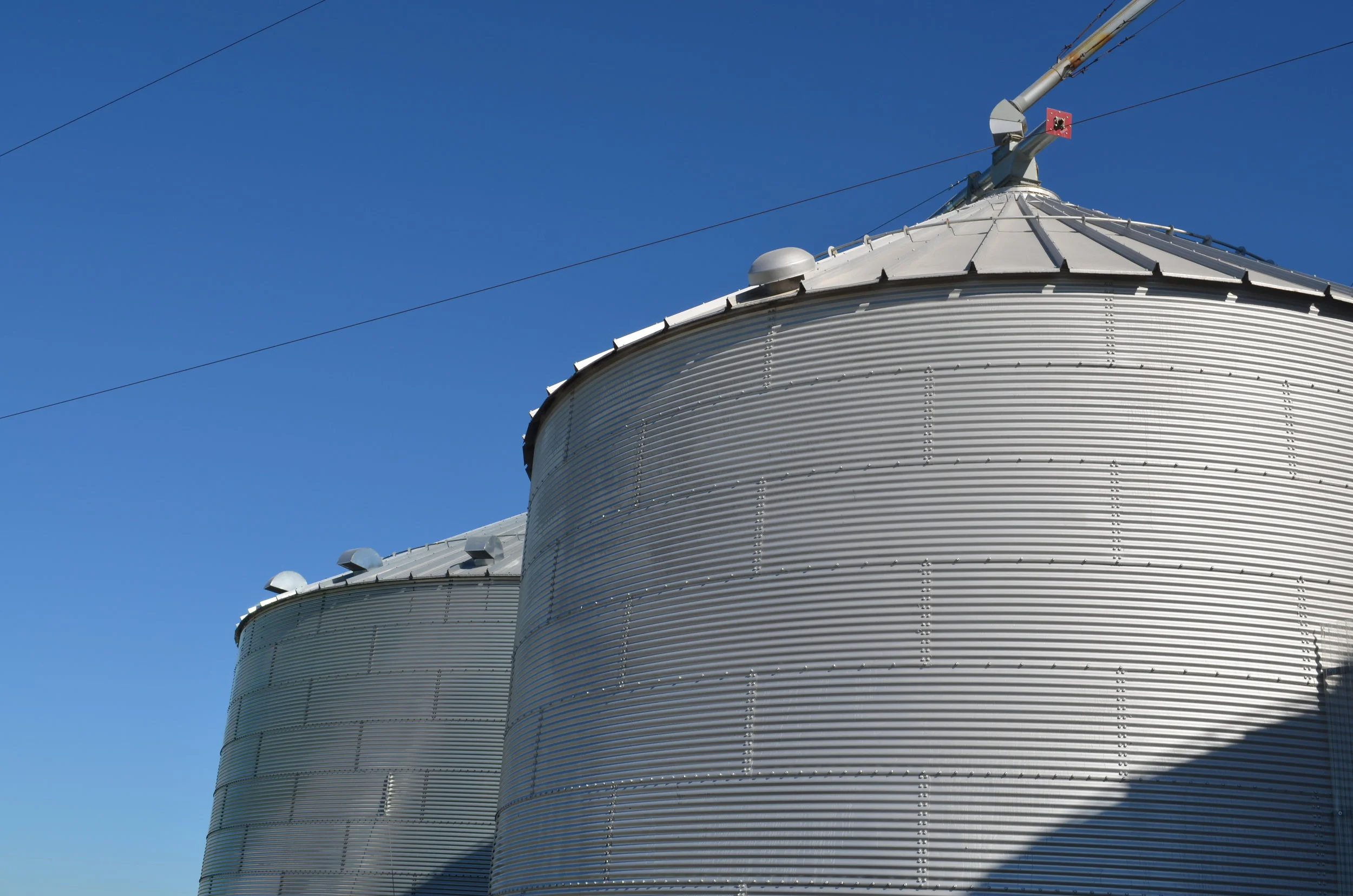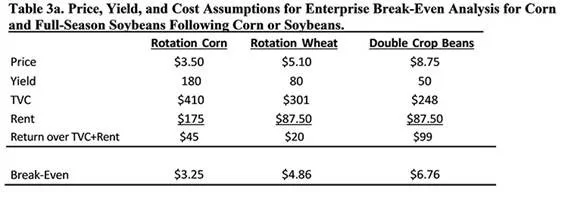U.S. Wheat Associates (USW) and the National Association of Wheat Growers (NAWG) are shocked and dismayed by President Donald Trump’s unilateral step to impose a five percent tariff on all Mexican goods imported by the United States. This action threatens to undermine approval of the U.S-Mexico-Canada Agreement, and puts crucial wheat demand in Mexico at great risk.
Read More“Since farmers make up only 2% of the population, it can be easy to overlook the struggles that many farmers are currently facing regarding tight profit margins, cash-flow issues and potentially declining net worth,” said Jonathan Shepherd, extension farm management specialist in the UK Department of Agricultural Economics. “These resources will give farmers things to consider if exiting or scaling down their operation size is in their best interest under the current agricultural economic downturn.”
Read MoreThe end of the 2018-19 wheat marketing-year is quickly approaching so this article will provide a few comments about the old-crop wheat and set the groundwork for the new crop balance sheet and the supply and demand factors affecting the U.S. marketing year average price.
Read MoreWe’ve compiled several resources to help you make an informed decision about wheat, barley, and rye in your diet.
Read MoreIt is with great sadness that we report the passing of Don Halcomb, one of Kentucky agriculture's most influential farmer leaders. Don was instrumental in organizing the Kentucky Small Grain Growers Association and served as the first president in 1989. Once he saw the passage of the Small Grain referendum, he served as chairman of the Small Grain Promotion Council for more than 25 years.
Read MoreSiemer Milling Company is making a gift of $1 million to the University of Kentucky Grain and Forage Center of Excellence to support initiatives to improve grain quality and agronomic productivity of wheat in Kentucky and the region.
Read MoreKnow a Kentucky farmer or forester who goes above and beyond in the care and management of natural resources? Nominate them for the 2019 Kentucky Leopold Conservation Award®.
Read MoreLess than ideal weather conditions prevented many thousands of acres of wheat from being planted in Kentucky this fall. It also resulted in very dramatic developmental differences in Kentucky’s wheat crop.
Read MoreKentucky farmers harvested 19.8 million bushels of winter wheat during the summer of 2018, down seventeen percent from 2017. Yield is 66 bushels per acre, down eleven bushels from 2017. Farmers harvested 300,000 acres for grain, and another 150,000 acres were used as cover crop, cut as forage or abandoned. Kentucky ranks 18th in U.S. wheat production.
Read MoreThe National Association of Wheat Growers (NAWG) applauds the Senate and House of Representatives for their quick action and bipartisan votes on the Farm Bill conference report, and call on President Trump to sign the bill into law as quickly as possible.
Read MoreCommissioner Ryan Quarles announced recently in an open letter that dicamba would still be available for growers with a new record-keeping system for dealers, fine structure for producers and without an application cut-off date in the 2019 season.
Read MoreFor wheat, the supply estimates have been mostly finalized by October with adjustments in January’s final projections for the crop-year. USDA projects the 2018 wheat yield at 47.6 bushels/acre, a 1.3-bushel increase over 2017, on 39.6 million harvested acres. USDA projects total wheat production at 1.88 billion bushels. The larger wheat crop is off-set by a smaller carry-in and reduced imports with supply projected to increase by 45 million bushels from 2017-18 (Table 1).
Read MoreView the winners of the 2018 Kentucky Wheat Yield Contest. Despite the poor weather, several growers bested the average wheat yield this year.
Read MoreThe Virginia Tech barley program is significantly diverse with breeding efforts focused on the development of superior, widely adapted, high yielding winter barley cultivars and a major focus on the incorporation of value-added traits geared towards the development of new markets.
Read MoreTraditionally in Kentucky, irrigation is unnecessary in winter wheat due to the high precipitation usually experienced in the state. However, with bouts of droughts becoming increasingly frequent in recent years, irrigation is serving as an additional method to ensure crop success for many producers.
Read MoreHybrid rye trials were established at Princeton and Lexington to compare seeding rates, growth regulators and fungicide applications. The growth regulator was supposed to reduce lodging, while the fungicide was supposed to reduce Fusairum head blight (head scab).
Read MoreThe overall objective of the research trials were to develop the best recommendations for managing Fusarium head blight (FHB; also known as scab) and the associated mycotoxin deoxynivalenol (DON; also known as vomitoxin) with foliar fungicides. The specific objective of each trial differed, and details and results of these trials are provided below.
Read MoreThe U.S. Department of Agriculture’s National Agricultural Statistics Service (NASS) released its Small Grains Summary Report today from the Small Grains Production Survey conducted earlier this month.
Read MoreCompared to last year there is a modest increase in wheat prices, and a significant decrease in soybean prices. These changes will make planting wheat more attractive relative to last year. The following analysis attempts to quantify the extent of the relative change in profitability for crops harvested in 2019.
Read MoreAs Kentucky grain producers look ahead to 2019, they may want to consider adding wheat seeding to their plans this fall. The combination of wheat followed by double-crop soybeans is appearing to be more profitable for the upcoming marketing year compared to a corn-soybean rotation, said Todd Davis, University of Kentucky agricultural economist.
Read More



















